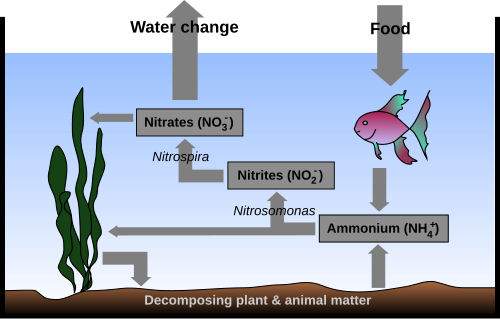watertiger21
New member
Hello! I'm going to be a new axolotl owner soon, but I want to make sure that I am as prepared as possible before my little guy comes home.
While doing research I've come across a few things that have me pretty confused, and I'm wondering if someone will dumb down some of these things in a way that a person having no past experience will understand.
Answering any of these questions for me would be so much help. Please and thank you!
While doing research I've come across a few things that have me pretty confused, and I'm wondering if someone will dumb down some of these things in a way that a person having no past experience will understand.
- I only have experience with terrestrial reptiles and amphibians, so I'm new with this "cycling" business. I know what ammonia, nitrate, and nitrite are chemistry-wise, but I'm not sure how any of this plays into cycling. What does one do in order to "cycle" their tank? At what point is it safe to add an axolotl to the tank?
- What role in the cycling process does a filter have?
- What role in the cycling process do plants have? I would like to create a moss carpet on the bottom of the tank using the method of growing java moss inside some fine mesh. Will this work as a replacement to substrate? I think it would be beneficial to the cycling, oxygen, etc of the tank, but I'm not sure. Also, I think I'm going to set up a system like the one in this thread... What does that mean for cycling? http://www.caudata.org/forum/f46-be...ups-filters-substrate/75767-plant-filter.html
Answering any of these questions for me would be so much help. Please and thank you!

